Elgin Lessley (also credited as Lesly, Lessly, and Leslie) (June 10, 1883 - January 10, 1944) was an American hand-crank cameraman of the silent film era—a period of filmmaking when virtually all special effects work had to be produced inside the camera during filming. Though Lessley worked earlier with Roscoe "Fatty" Arbuckle, and later with Harry Langdon, he is best known for the groundbreaking effects he produced with Buster Keaton, who dubbed him "the human metronome" for his ability to crank consistently at any requested speed.
Lessley's most striking effects were in The Playhouse (1921) and Sherlock Jr. (1924). In The Playhouse, through use of a specially shuttered lens and repeated back-cranking and re-cranking, Lessley allowed Keaton to appear as up to nine characters simultaneously, interacting with one another. In Sherlock Jr., Lessley's careful positioning of camera and actor in various locations produced the effect of a man stuck in a movie where his location keeps changing as he struggles to keep up. Lessley retired from filmmaking after shooting The Cameraman with Buster Keaton in 1928.
Known For
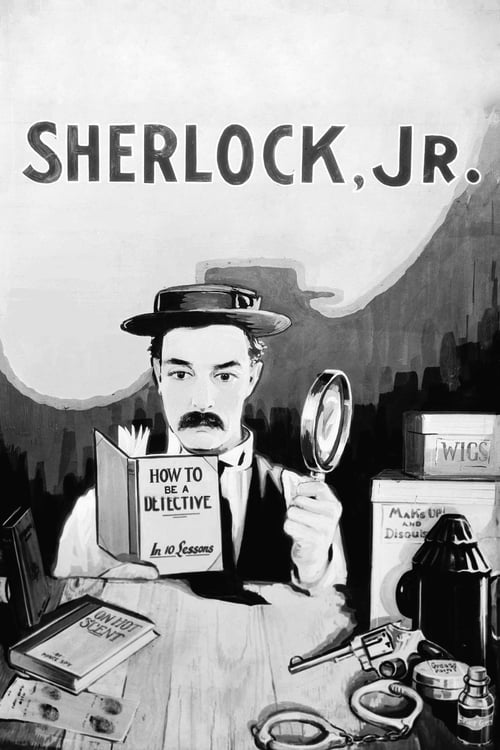
Sherlock Jr.
(1924)
Director of Photography
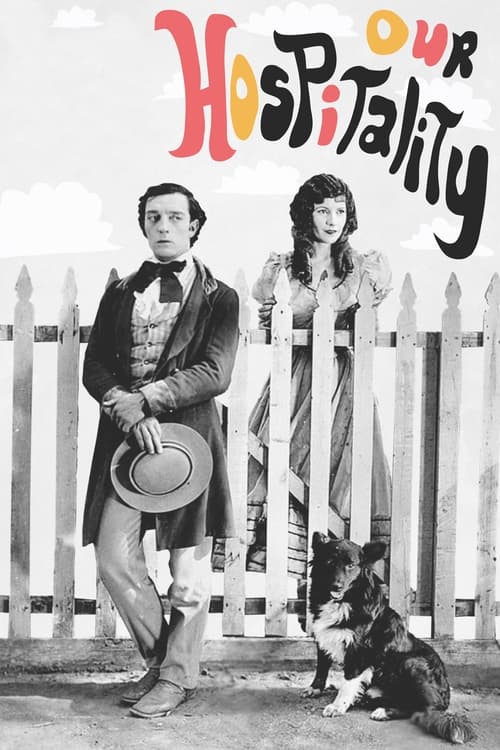
Our Hospitality
(1923)
Director of Photography
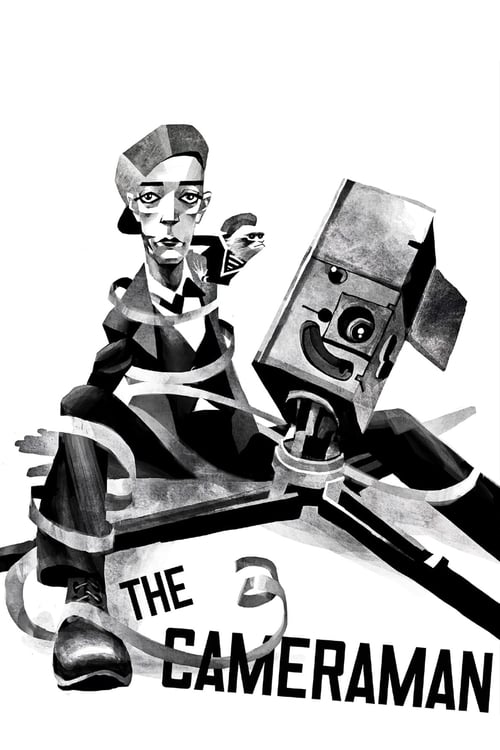
The Cameraman
(1928)
Director of Photography
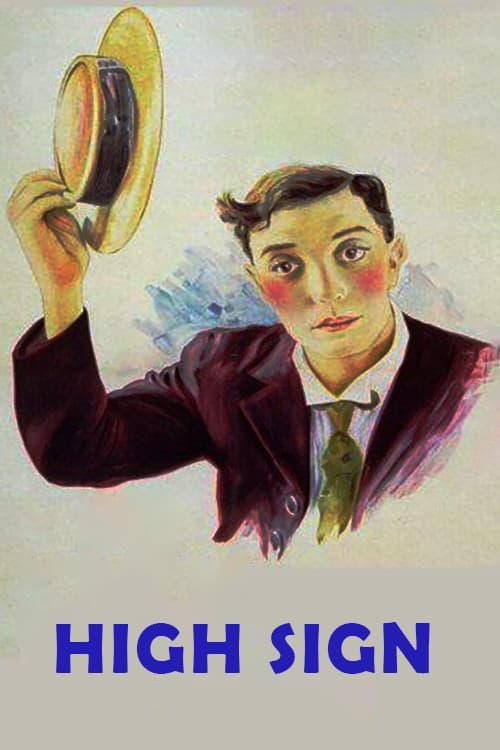
The High Sign
(1921)
Director of Photography
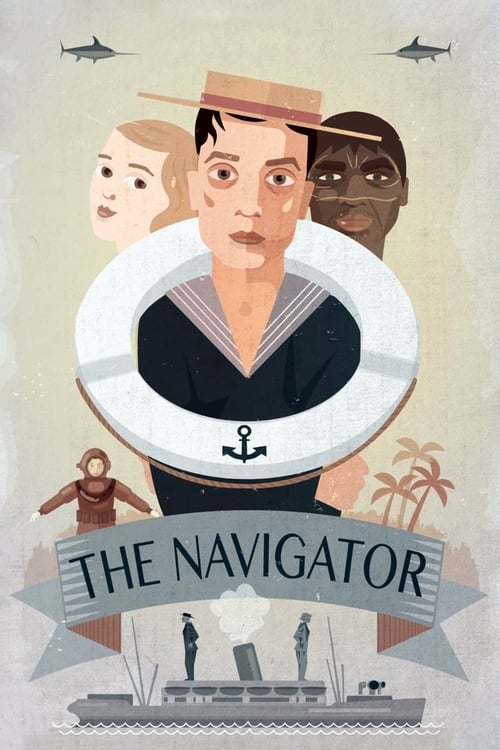
The Navigator
(1924)
Director of Photography

Seven Chances
(1925)
Director of Photography
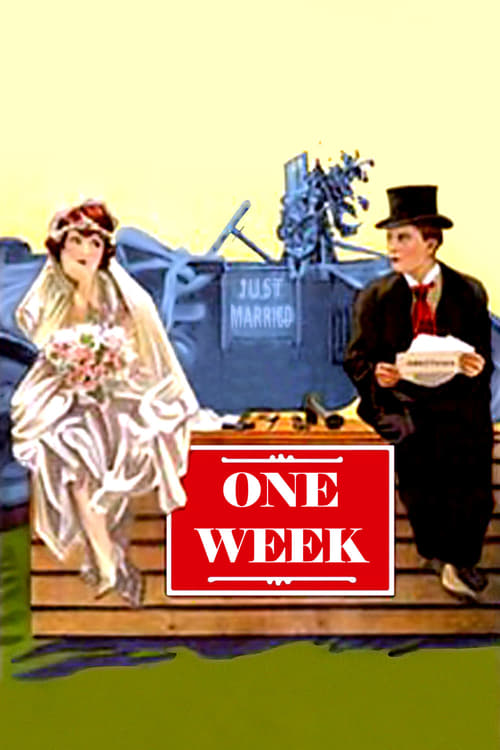
One Week
(1920)
Director of Photography

Neighbors
(1920)
Director of Photography
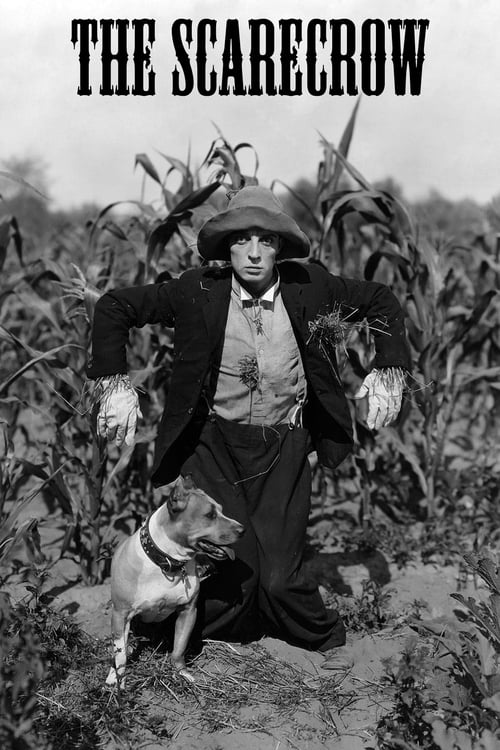
The Scarecrow
(1920)
Director of Photography

Three Ages
(1923)
Director of Photography
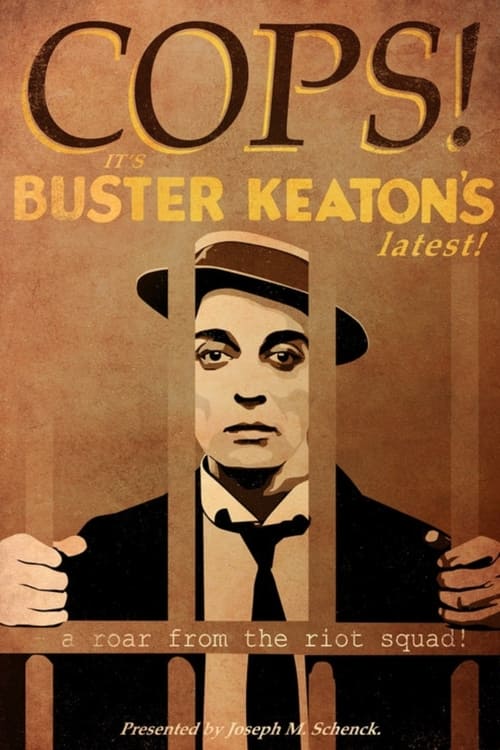
Cops
(1922)
Director of Photography
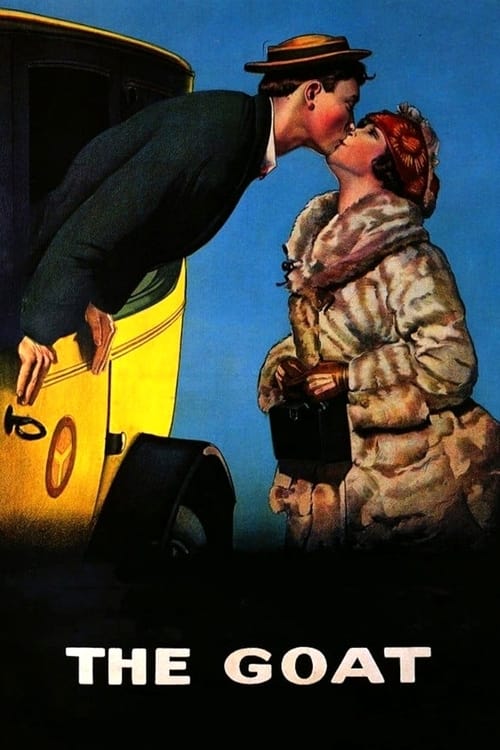
The Goat
(1921)
Director of Photography

Go West
(1925)
Director of Photography
Full Filmography
Camera
The Bell Boy
(1918)
Director of Photography
The Hayseed
(1919)
Director of Photography
Neighbors
(1920)
Director of Photography
One Week
(1920)
Director of Photography
The Scarecrow
(1920)
Director of Photography
The Garage
(1920)
Director of Photography
The High Sign
(1921)
Director of Photography
The Goat
(1921)
Director of Photography
Hard Luck
(1921)
Director of Photography
The Haunted House
(1921)
Director of Photography
Cops
(1922)
Director of Photography
Our Hospitality
(1923)
Director of Photography
Three Ages
(1923)
Director of Photography
Sherlock Jr.
(1924)
Director of Photography
The Navigator
(1924)
Director of Photography
Seven Chances
(1925)
Director of Photography
Go West
(1925)
Director of Photography
The Strong Man
(1926)
Director of Photography
Long Pants
(1927)
Director of Photography
The Cameraman
(1928)
Director of Photography
Acting
Crew
A Clever Dummy
(1917)
Cinematography
Back Stage
(1919)
Cinematography
Convict 13
(1920)
Cinematography
The Boat
(1921)
Cinematography
The Blacksmith
(1922)
Cinematography
Day Dreams
(1922)
Cinematography
My Wife's Relations
(1922)
Cinematography
The Frozen North
(1922)
Cinematography
The Electric House
(1922)
Cinematography
The Balloonatic
(1923)
Cinematography
The Love Nest
(1923)
Cinematography
Tramp, Tramp, Tramp
(1926)
Cinematography
Three's a Crowd
(1927)
Cinematography
The Chaser
(1928)
Cinematography